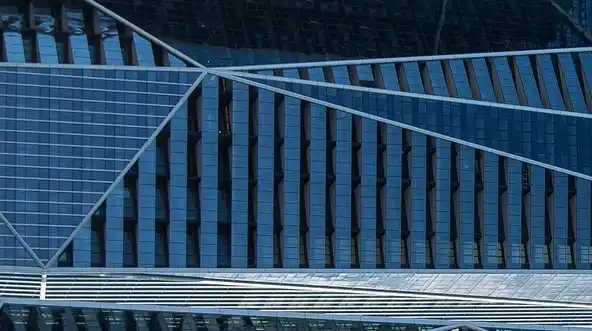The RBA has left its official cash rate at the record-low of 1.5 per cent for the 29thmonth in a row but experts are saying a cut this year is becoming inevitable.
Economic growth and inflation continues to come in below forecasts and targets but most economists still expected it to remain steady for this month despite this, largely thanks to stronger employment figures which were welcomed by the Reserve Bank governor.
“Continued improvement in the labour market is expected to see some further lift in wages growth over time, although this is still expected to be a gradual process,” Philip Lowe said in his statement.
“Growth in household consumption is being affected by the protracted period of weakness in real household disposable income and the adjustment in housing markets,” he said.
“The board will continue to monitor developments and set monetary policy to support sustainable growth in the economy and achieve the inflation target over time.”
“The low level of interest rates is continuing to support the Australian economy.”
Canstar’s group executive of financial services Steve Mickenbecker told News.com a lot had changed in the last month.
“A lower cash rate looks inevitable,” he said.
“Though for now, the RBA could be keeping its powder dry to leave room to move if we start to see even more disturbing GDP and jobs numbers, and property prices in coming quarterly results.”
Tim Lawless from CoreLogic also spoke to News.com and said the decline in the property market was dragging down household wealth and consumer spending.
“With economic growth losing momentum, as well as inflation and wages growth remaining below expectations, there are plenty of reasons why the RBA might have considered a cut to the cash rate,” he said.
“Chances are we will see some downward revisions to the RBA’s forecasts for economic growth and inflation which could set the scene for lower rates over the second half of the year.”
The RBA last cut its official cash rate in August 2016 and hasn’t increased it since November 2010.



